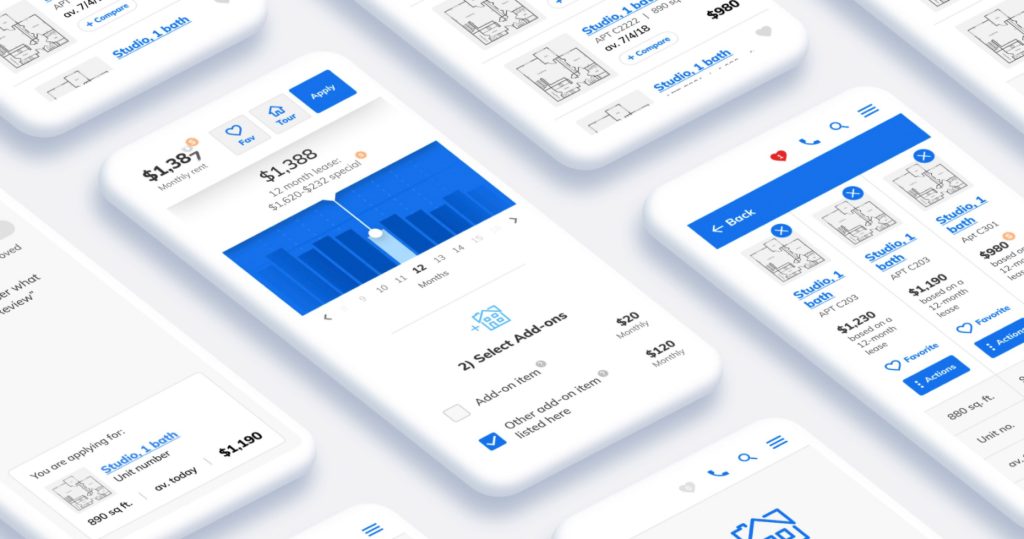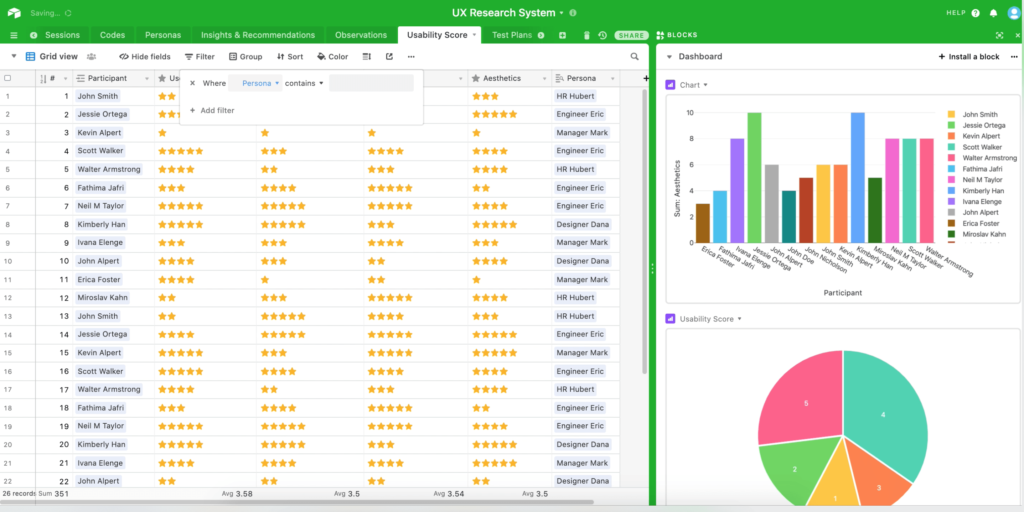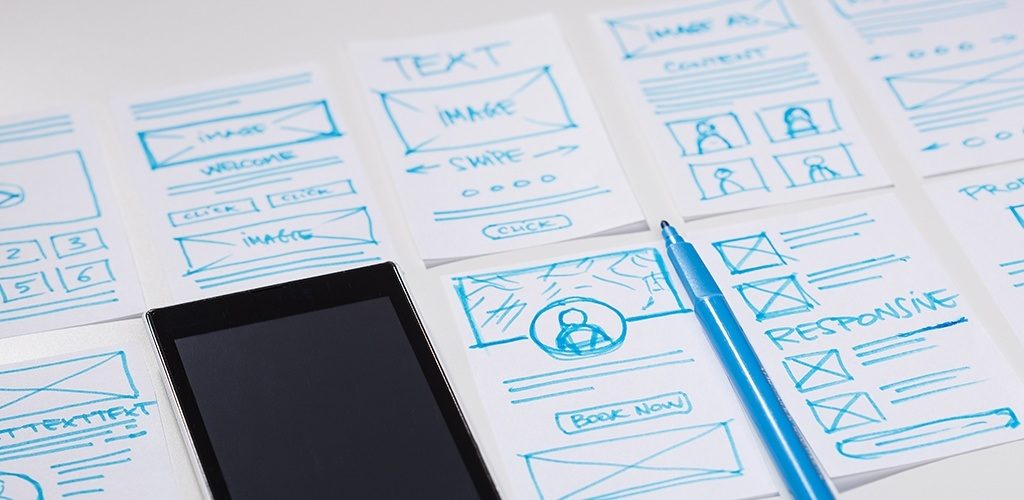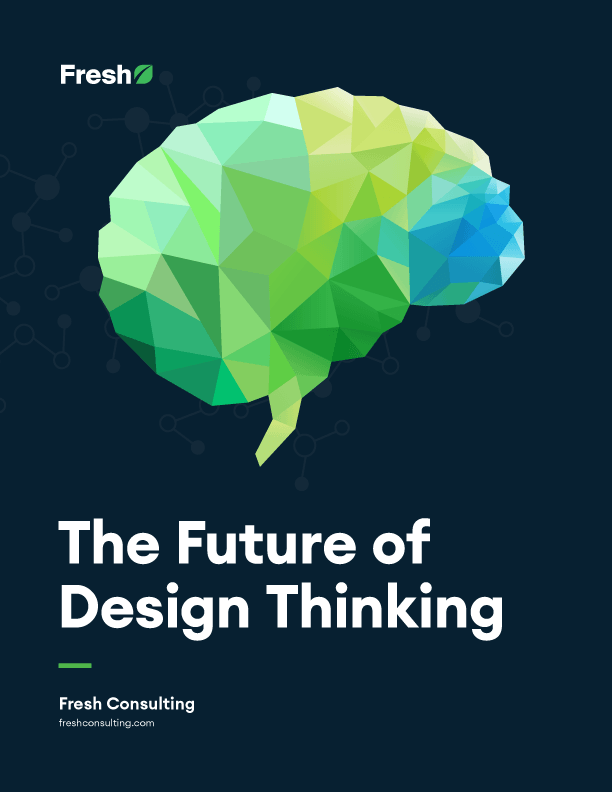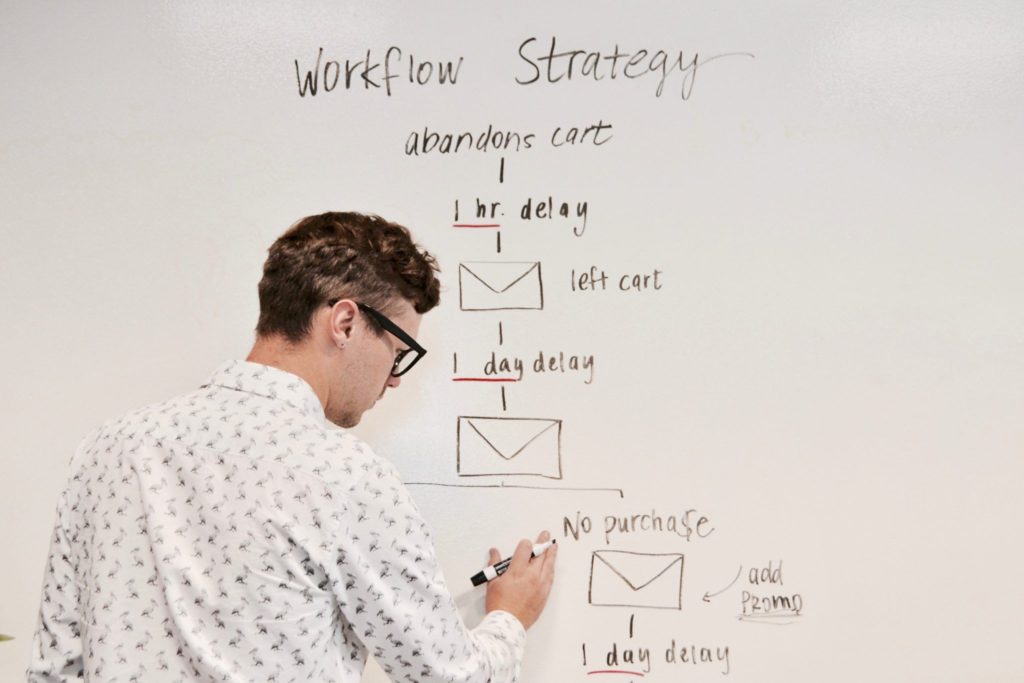Article
What is Human-Centered Design? 3 Phases, 4 Principles, and a Call-to-Action
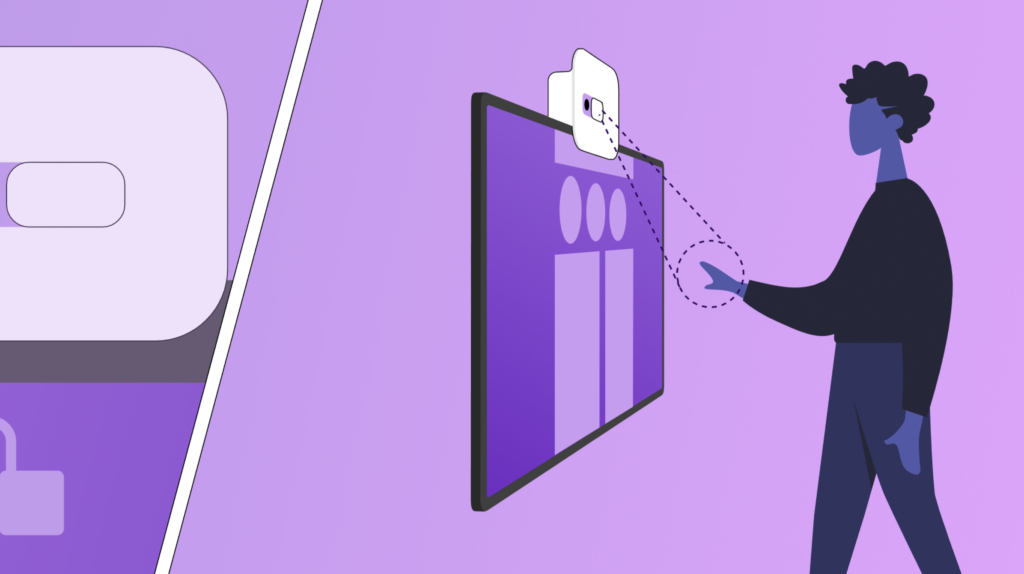
What is human-centered design?
Human-centered design, also known as HCD, is a problem-solving practice that places real people at the focal point of the processes of design, development, and implementation of apps, products, and processes. HCD is sometimes referred to as user-centered design. Though various organizations may give the phases of HCD different names, there are primarily three main phases of human-centered design:
- Phase 1 – Inspiration: In this initial phase, the emphasis is placed on learning from your customer base. This makes a shift from developing products based on assumptions and other preconceived ideas of what your customers want to discovering what they actually need. Empathy — the ability to understand others’ feelings and experiences — is an essential part of the inspiration phase. Put yourself in your customers’ shoes and ask why they are using their current products, how they are using them, and what problems they are trying to solve.
- Phase 2 – Ideation: In the second phase of human-centered design, designers use the information gathered in phase one to brainstorm possible solutions. One approach is to open the floor to any ideas, with the goal of generating a variety to choose from. Next, narrow down these ideas to the ones that are the most viable and create a prototype — it can be a simple wireframe or a clickable prototype — that you can share and validate with users. The objective here is to test your idea and get real-time feedback. You can use it to adapt your prototype until you have a solid solution.
- Phase 3 – Implementation: After defining your target audience and creating a working proof of concept, the final phase is where you introduce your solution to the marketplace. An abundance of work goes into implementation, from refining concepts to continued testing, brand work, and other aspects of visual and interactive design. When you launch your product and put your experience in your target audience’s hands, asking for continual feedback is essential. This feedback and analysis loop should be ongoing so you can continue to adapt future iterations of your product to meet your users’ needs.
Both customers and your business will benefit from adopting a human-centered design approach, a reliable, repeatable method for increasing brand loyalty and boosting customer retention by virtue of creating great products. This article is a field guide to implementing a human-centered design process. Entire books are written on the subject, but this is a great launching point for grasping the essentials and understanding why HCD is so important.

“User Delight” and other byproducts of human-centered design
When properly carried through, human-centered design catalyzes the development of products that resonate deeply with your target audience to create a delightful end-user experience. Following a proven process helps you understand peoples’ wants, how they’re incentivized to take action, and other real-world concerns. Delight is also an essential factor, a premium component of generating long-term brand loyalty.
In addition to the value it brings your users, a streamlined design process helps your team become more efficient while still accounting for the flexibility needed to pivot and adapt as you learn more about your users.
A final byproduct of human-centered design — and a core factor in why it’s so important — is that it encourages an open mindset amongst team members, where assumptions should always be questioned in the name of creating great products. When your team comes to a design challenge with an open mind, bias is set aside, leaving you open to discovering new possibilities.

Four primary principles of a human-centered design
As we have already seen, human-centered design thinking allows for innovation, creativity, and sustainability of creative processes and workflows. We also noted that human-centered products tend to encourage more engagement, conversions, and growth capacity. What’s more, they produce a sense of delight when all of the user’s needs are met at micro and macro levels, from the simple act of pressing a button to the psychological mindset they develop and extend to your brand as a whole.
For example, UX design elements such as AI or VR enhancements can create delight because they not only assist the user in unique ways but also present unexpected benefits. Here is a breakdown of primary UX design and human-centered design principles to consider.
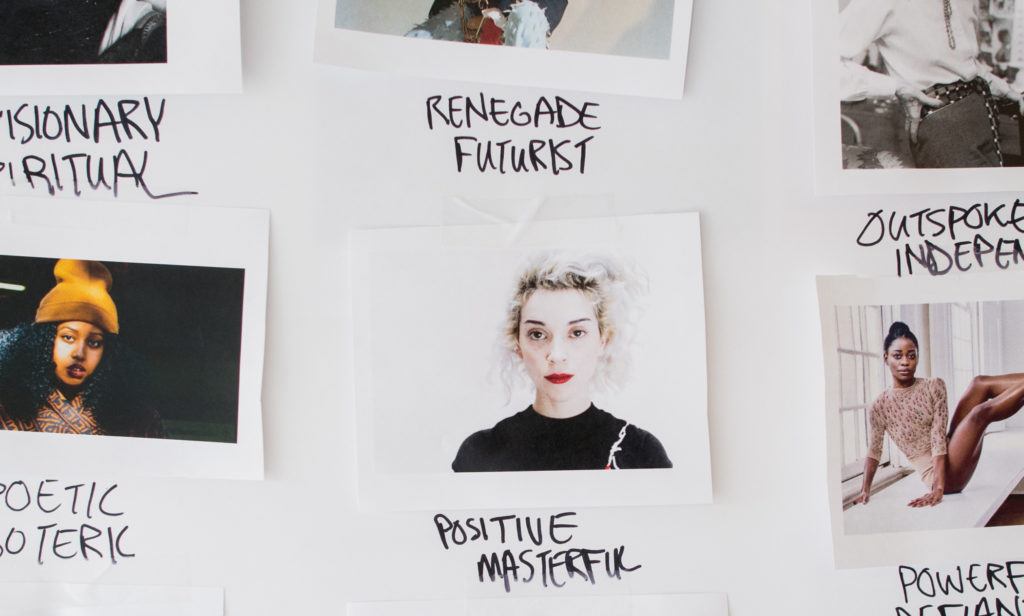
“Focus on people”
People are the heart of human-centered design. Addressing business KPIs and desired ROI is important, but at the level of in-app or on-site interaction, the focus should remain on the people using the product or service. Understanding their context and use cases are also essential to developing potential solutions that are appropriate and relevant for them and conducive to good business.
Here are some key user-centered design factors to consider when focusing on people:
- Investigate Demographics: Discover the defining factors about the people who will use your product or service.
- Equip Your Team with Understanding: Build customer personas to help you stay on track, ensuring that design decisions are made with the end user in mind.
- Empathize with the End User: Pay attention to users’ feelings and emotions when they are using your product or service (delight or converse feelings like frustration).
- Individualize Features for Distinct Use Cases: Focus on the context of when and where people are using your product or service, addressing various use cases.

“Know the Problem”
Make sure you understand your target user’s problems from the get-go so that you don’t waste time solving the wrong ones. A user’s challenge will likely be multi-faceted, but some facets matter less than others, and your app most likely won’t solve every problem from the outset.
- Research Rigorously: Take time to get a deep understanding of your users’ fundamental issues and their root causes.
- Communicate to Gather Data: Don’t be afraid to ask questions early on in the process. Over-communicate with users rather than under-communicate.
- Listen Carefully: Keep aware of customer reviews and other forms of feedback to keep a pulse on their thinking.
- Strive to Improve: Continually strive to make your users’ experience better. Observing processes and workflows after your product has launched will help you continue to iterate and improve.
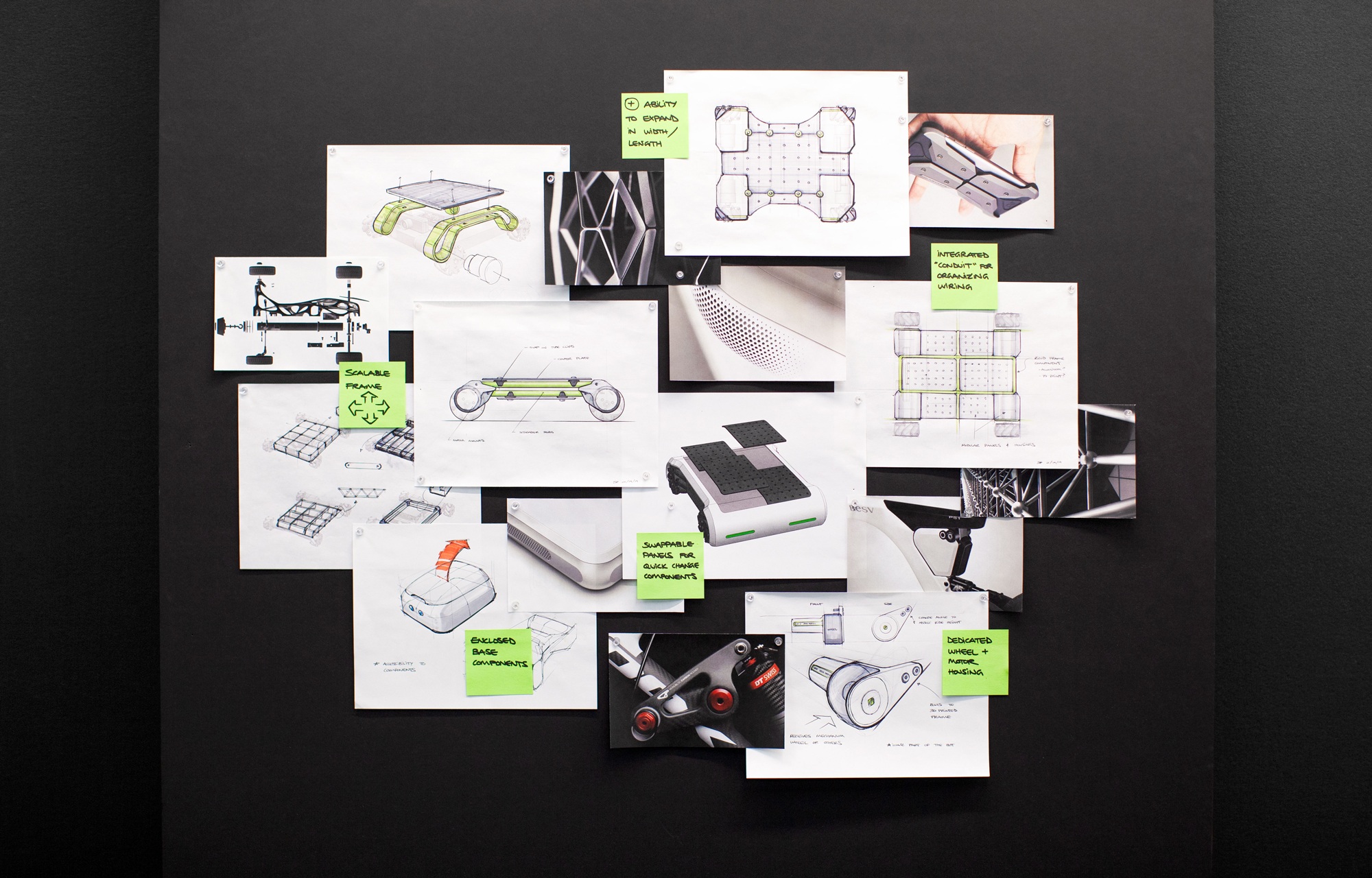
“Everything is a system”
Human-centered design makes the most sense when you think of it as an interconnected system, a process involving multiple integrated approaches and outputs. As stated previously, a consumer’s wants and needs are complex and multi-faceted. Ultimately, however, your experience should be holistic and seamless. Disconnected and disjointed are things that your customer will feel. Even if your product solves every element of a customer’s challenge on paper, seamlessness is an essential point of differentiation in a crowded marketplace.
- Multi-Faceted Aesthetics: What form, function, and feel do you want users to experience? Not everyone uses an Apple device, but Apple loyalists almost unanimously describe the delight they see and feel when using products in the ecosystem. Aesthetics are subjective, but there are patterns. What’s even better is to do deep research into your users to understand what they’re looking for aesthetically.
- Practicality of Features: How can you optimize your product’s usability? A product bloated with unnecessary features will cease to be useful at a certain point; prioritizing key features leads to products that are practical and more likely to be used.
- Multi-Faceted Functionality: Does your product or service offer functions that are relevant to your users? Are they different from or identical to competitor product functions? Stay focused on your end user, designing with empathy, but also consider functional elements as a potential differentiator.
- The Entirety of an Experience: Is your users’ experience holistic? Do all the components of your product or service flow together seamlessly? Remember: ‘everything is a system.’ From your approach to HCD to the final output, users are harsh critics, and they’ll notice interruptions to the user flow.
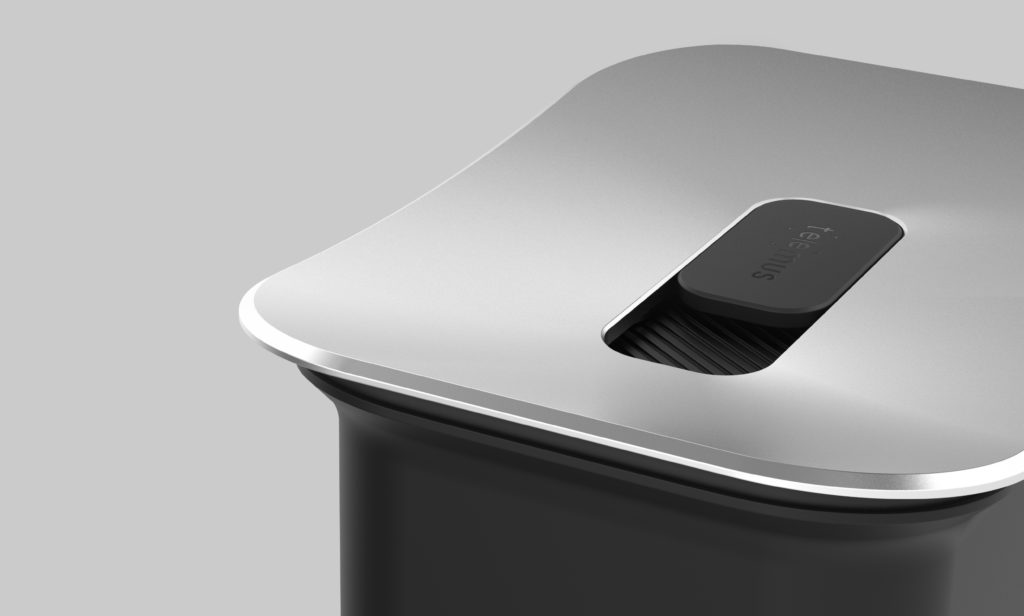
“Keep it simple”
When you’re making changes to your product or service during an iteration stage or later on when you are improving the solution after launch, avoid making changes that shift dramatically from the foundation you’ve built. If you follow a holistic design process, in theory, you won’t need to make seismic product changes, as you’ll already have built the scaffolding.
Adapting to users’ needs is expected, but too much change risks losing aspects of your product or service that your original user base has become accustomed to.
- Iteration is to be Expected: Test early on and continue testing throughout the process to validate that your product or service resonates with real people within your target audience. If your product is successful, your user base will grow and continue to diversify, at which point more testing will be required.
- Methodology Matters: Make sure your methodology is consistent so that all your team members are on the same page. Constraints can actually enhance creativity –– this is true in terms of your process as well, as organizing people around a common, focused approach will lead to a more unified output.
- Incremental Change is Wise: Make small and simple changes and integrations as you go through the human-centered design process. Many users won’t notice a small change in Gmail or in another interface they’re accustomed to, but drastic overhauls are a major risk.
- Continue to Consistently Apply the HCD Process: Stick with the same principles from research through production. Even if your process isn’t perfect, keep in mind that design isn’t a singular event and that a general process can evolve as your team learns and grows. Also, keep in mind that most teams don’t get a product perfectly right the first time, and future versions building upon a firm foundation are to be expected.
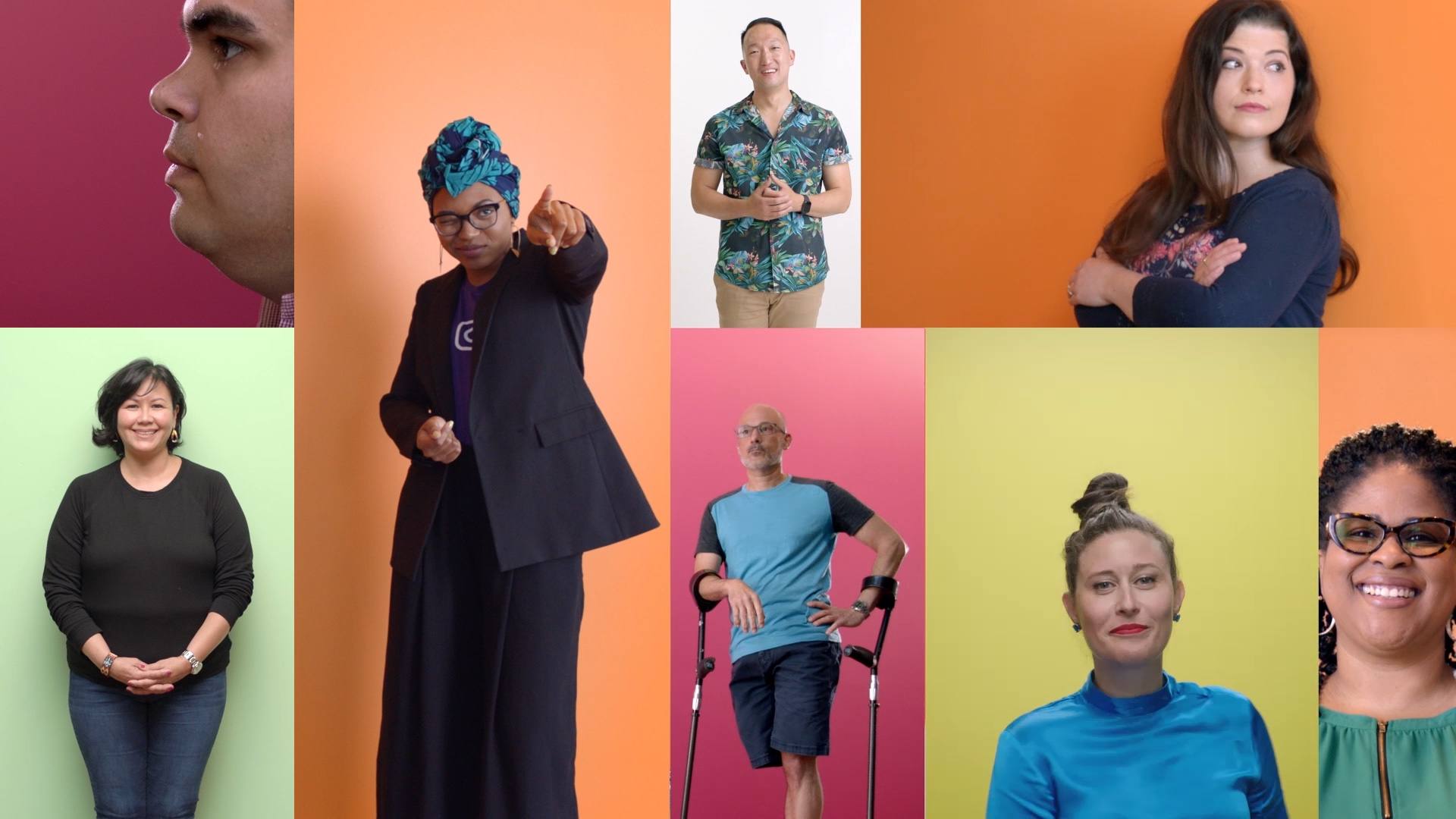
Place humans at the forefront of your design process
Human-centered design should be an essential part of your design and development process if you want your product to succeed. HCD incorporates a deep understanding of your consumers’ needs, motivations, and pain points, allowing you to design a product or service that meets your target audience across multiple touchpoints while satisfying their needs and even creating delight.
At Fresh Consulting, our UX design team can help you bridge the empathy gap, gain a deep understanding of your customers’ needs, and understand how your app will interplay with a user’s other daily routines.
Beyond HCD services, we offer specific processes and tools to give our clients and partners a competitive edge:
- Product Strategy: Analyzing your current state and getting a baseline helps in developing a roadmap for future product launches and iterations. But product strategy is an ongoing effort, and vision setting is essential.
- Systems Design: We can combine research and co-design with other service areas such as engineering, industrial design, and development to develop integrated large-scale processes.
- Digital Transformation: Your organizational needs are unique, but the world is changing, and preparing for that change is essential. We’ll help you develop the tools and skills you need to launch products now and prepare for how things will look different in the future.
Contact us today to create cohesive user experiences based on a human-centered creative approach.

